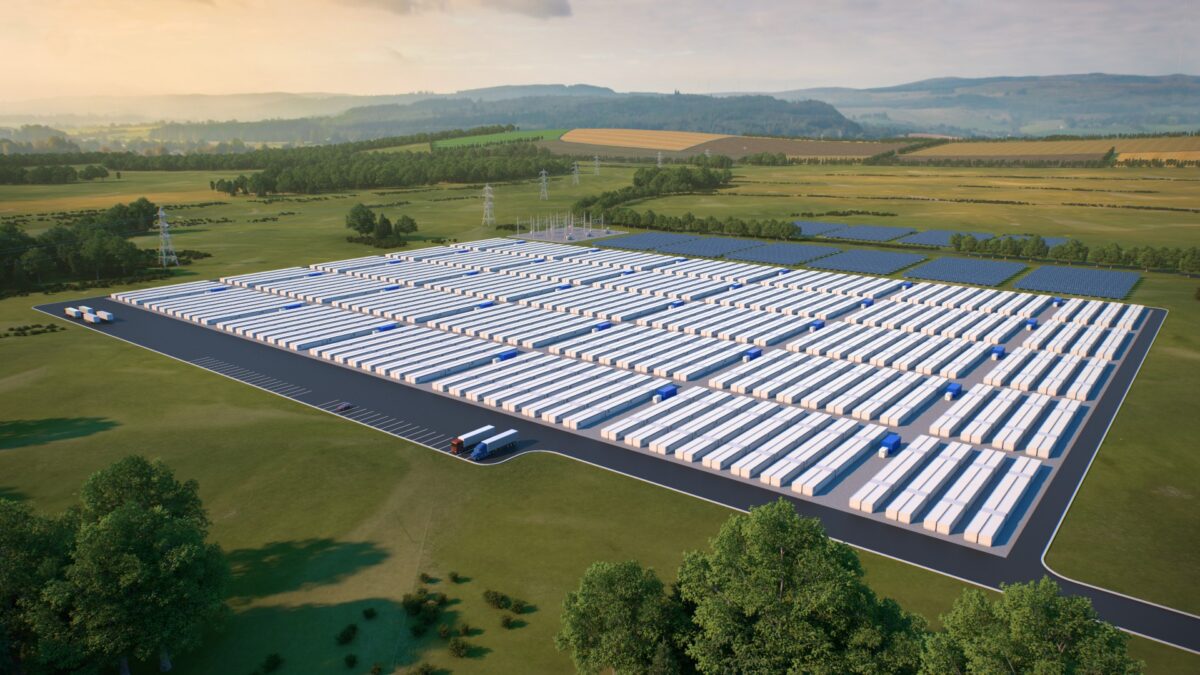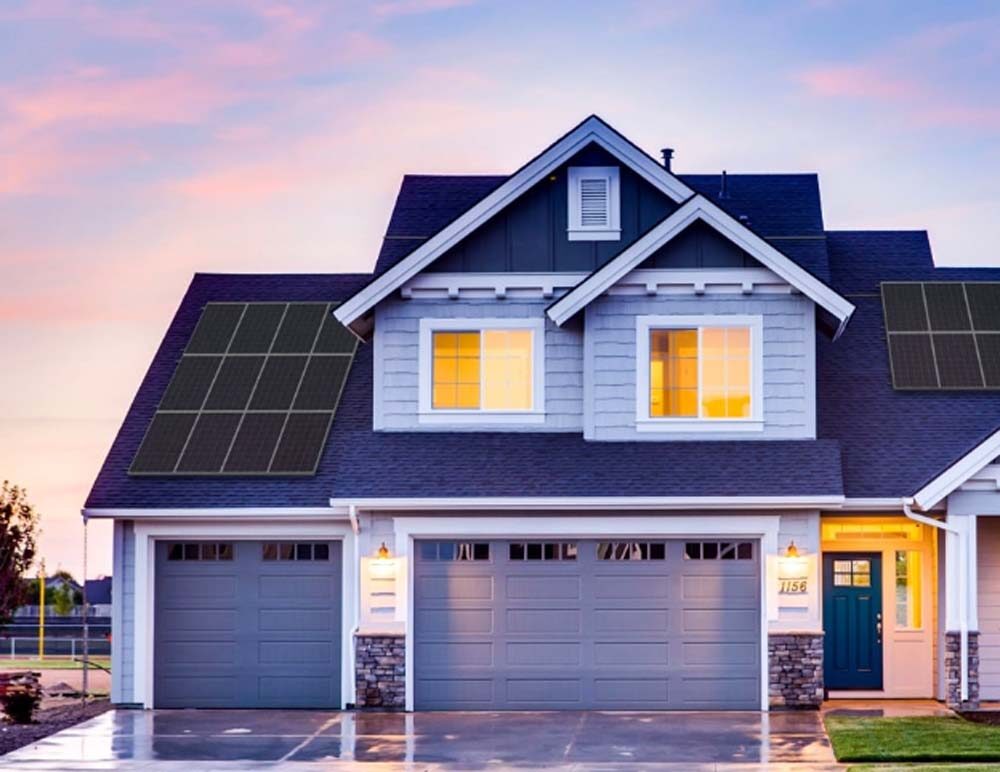Climate and renewable energy advocates suggest the New York State Build Public Renewables Act can help ensure New York achieves economy-wide carbon neutrality by the middle of this century. That scheme includes the construction of a green transmission grid, which requires safe and affordable energy storage systems that can power vast residential and commercial electric needs.
Last month, Governor Hochul announced the creation of a new Inter-Agency Fire Safety Working Group. The organization comprises state emergency environmental and public service institutions that will research energy storage facility fires and safety standards. It will also collaborate with national experts and laboratories to stay current on fire causes appropriate responses and approaches to building green grid infrastructure that can accommodate vast amounts of electricity while decreasing the risk of fires.
The state is also heavily investing in affordable long-duration renewable energy storage solutions. Four demonstration projects have received financial awards in line with this goal.
Climate science company Ecolectro, Inc. received $1.08 million to scale their approach to reducing the cost of sustainably produced hydrogen. Clean hydrogen is made through electrolysis, or the separation of water to generate hydrogen and oxygen. The element is excellent for storing vast quantities of green energy over a long period. These reserves can give consumers backup power during peak hours or weather storms. However, current hydrogen production methods are pricey. According to a 2018 study by the Fraunhofer Institute for Solar Energy Systems, and Innovation the Future Progress and Neutrality (ISE and IPA) using the proton exchange membrane (PEM) approach, generating one standard cubic meter of hydrogen in 60 minutes costs between $4900 and $6000. Ecolectro Inc. will deploy its 10 kW electrolysis unit in a pilot demonstration in partnership with Liberty Utilities.
Form Energy, a Somerville, Massachusetts-based grid-scale energy storage developer, that was founded in 2017 by energy storage veterans who shared a unified mission to reshape the global electric system by creating a new class of low-cost multi-day energy storage systems. Form Energy’s New York proposal is a commercial-scale low-cost 10 MW iron-air battery demonstration system, which stores energy by converting iron into rust and rust back into iron; this cycle holds an electric current. Form Energy was awarded $1.2 million by New York State. Form Energy recently announced plans to set up a manufacturing facility in West Virginia.
Energy storage company PolyJoule Inc. received $1.03 million to install a 2 MW/h, 167 kW PolyJoule battery energy storage system (BESS) at its Astoria Generating Station in Queens, New York. This demonstration will also use inexpensive and widely available materials, primarily plastic, in its battery electrodes. Aside from being cheap to make, the company reports that plastic can handle the swelling and contracting of a battery during charging well. “PolyJoule’s systems don’t require any active temperature control to make sure they don’t overheat or catch fire,” PolyJoule CEO Eli Paster said in an interview. The company is working toward charging $65/kWh of storage for its system.
Lastly, Urban Electric Power (UEP) was awarded $703,965 to install a 100 kW, 1 MW/h BESS made from UEP’s patented rechargeable zinc alkaline battery technology. UEP expects the BESS to level out peaks in electricity use by proactively accommodating them. “The proposed BESS is designed for long-duration energy storage applications (10 to 24 hours) at commercial and industrial facilities,” the New York State Energy Research and Development Authority (NYSERDA) reports.
NYSERDA’s Renewable Optimization and Energy Storage Innovation Program provides funding for these awards. NYSERDA’s initiatives are financed through the state’s ten-year, $6 billion Clean Energy Fund. An additional $8.15 million has been announced to support more applicable long-duration energy storage solutions and other complementary technologies yet to be commercialized.
“Project submissions should advance develop or field-test hydrogen, electric, chemical, mechanical, or thermal-electric storage technologies that will address renewable integration challenges,” NYSERDA reports. These include grid congestion hosting capacity constraints and siting in New York. The last day to submit a proposal is October 17 by 3 p.m. Eastern Standard Time (EST). For more details, visit NYSERDA’s website.
This content is protected by copyright and may not be reused. If you want to cooperate with us and would like to reuse some of our content, please contact: editors@pv-magazine.com.








Thermal batteries may be the solution to cutting industrial greenhouse gas emissions and reducing industrial power costs.